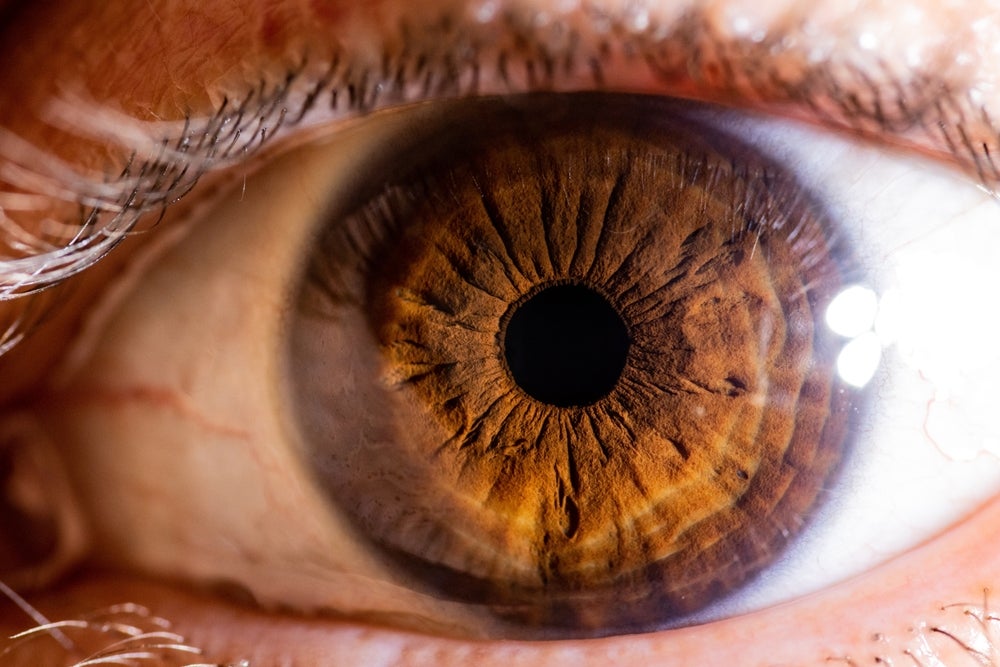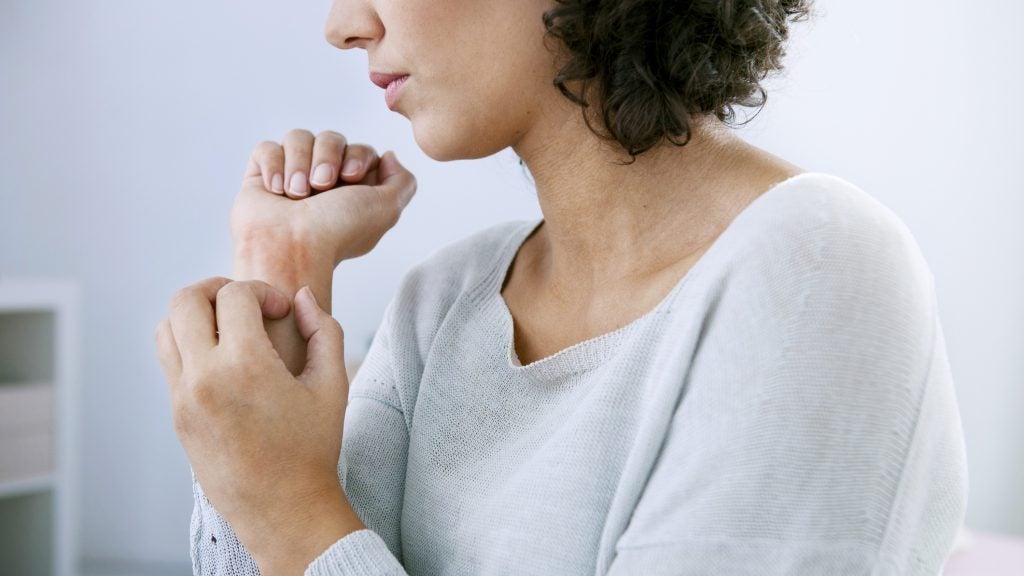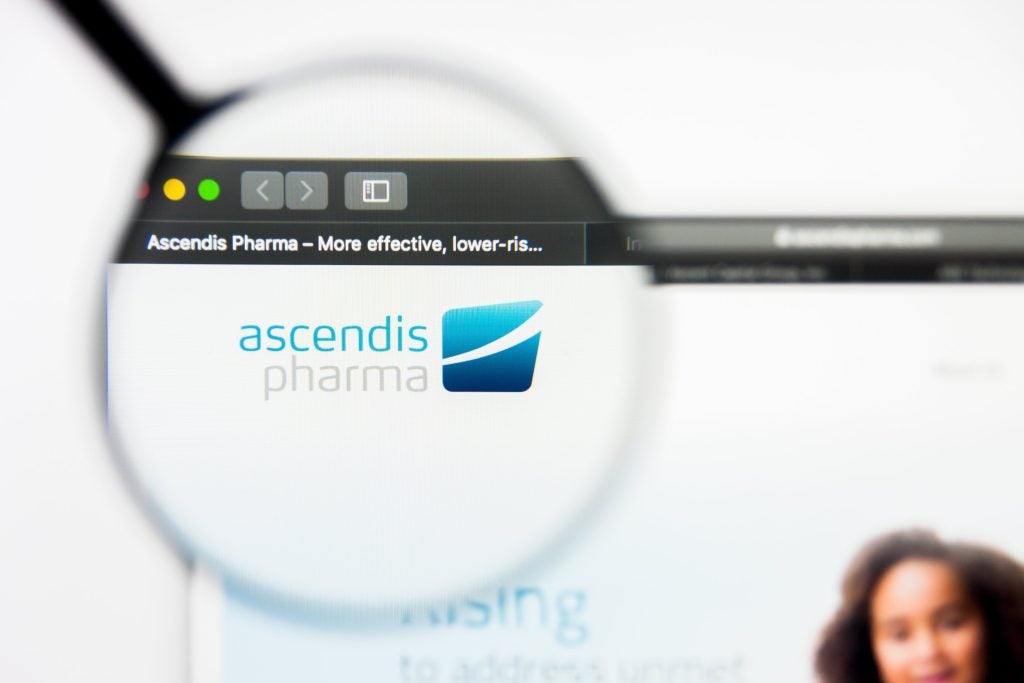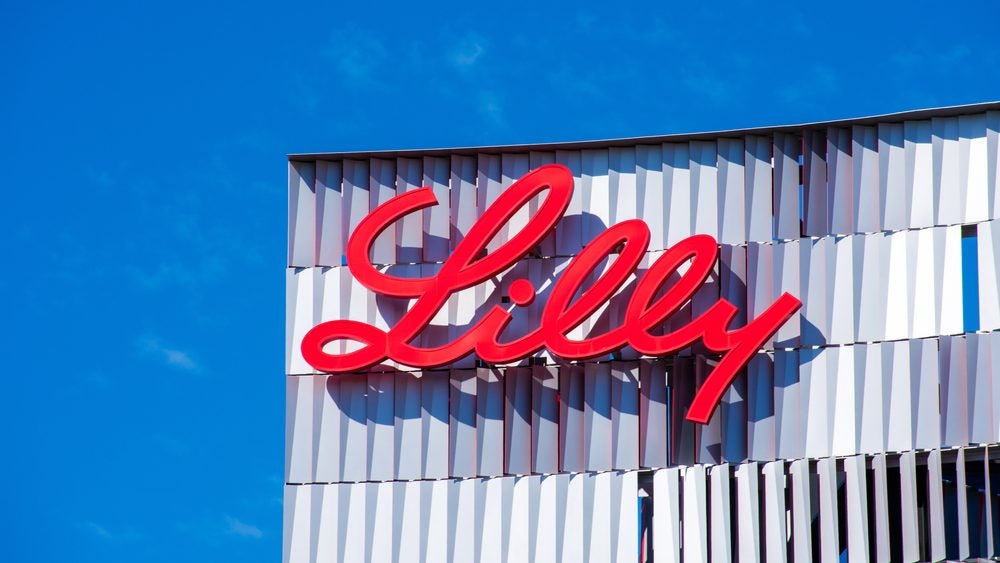Sight Sciences has revealed further positive results from its SAHARA trial investigating TearCare technology for the treatment of dry eye disease.
The six-month results, published in Clinical Ophthalmology, demonstrate the superiority of TearCare, the company’s heat therapy device, to Allergan (AbbVie’s) Restasis eyedrops (cyclosporine ophthalmic emulsion).
Restasis is the standard treatment for dry eye disease. US-based Sight Sciences compared twice daily administration of the eyedrops to TearCare procedures at the start of the Phase I trial (NCT04795752) and a second at five months. Patients who were not responding adequately received another nine months onwards.
As measured by the trial’s primary endpoint of tear break-up time, TearCare led to a 2.4 second improvement.
Both TearCare and Restasis demonstrated comparable improvements in the trial’s other primary endpoint of patient-reported outcomes by Ocular Surface Disease Index (OSDI) scores.
The results follow an earlier presentation of the Phase I data in October 2023.
Meibomian gland dysfunction is the primary cause of dry eye disease, whereby a lack of secretion disrupts the tear film lipid layer. Sight Sciences said that across three other functional assessments of the meibomian gland secretion score, the number of glands yielding any liquid, and the number of glands yielding clear liquid, TearCare demonstrated superiority.
Both TearCare and Restasis demonstrated comparable improvements in measures of corneal and conjunctival health measures, as well as patient-reported outcome measures.
The prospective, randomised, masked, controlled trial enrolled 350 patients with dry eye disease. Each therapy session lasted 15 minutes.
The TearCare system, which was cleared by the US Food and Drug Administration in December 2021, uses localised heat therapy via non-surgically affixed electrothermal devices. The procedure is used in conjunction with manual expression of the meibomian glands by blinking.
In the next phase of the SAHARA trial, the Restasis cohort will receive an interventional TearCare procedure and be monitored for another six months. The TearCare cohort will receive additional procedures for another 18 months to determine the durability of the treatment.
SightSciences stated the one-year crossover data is expected to be available by the end of next year.
















